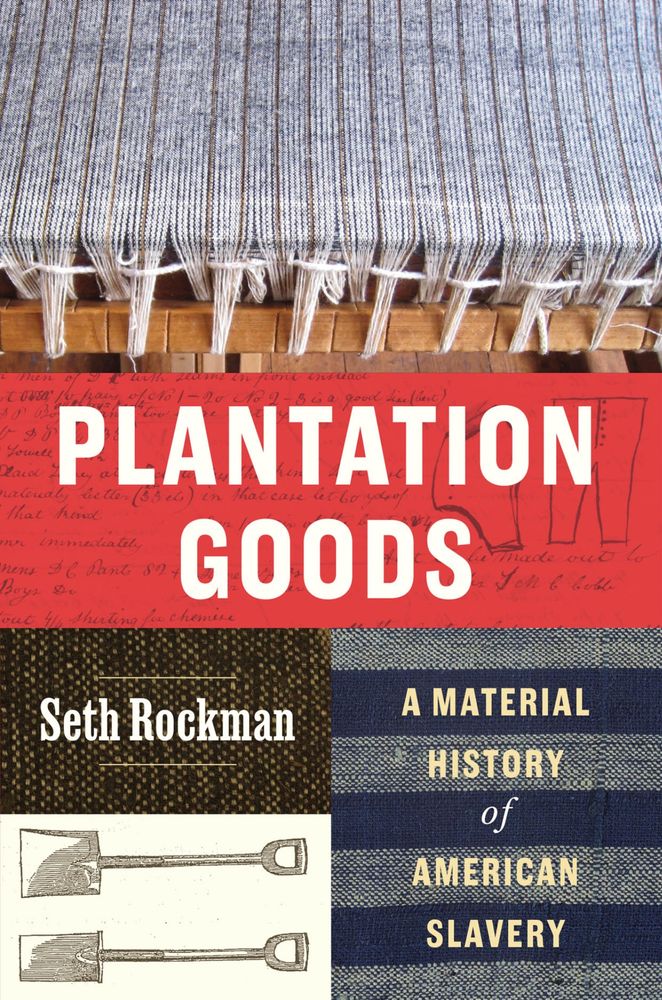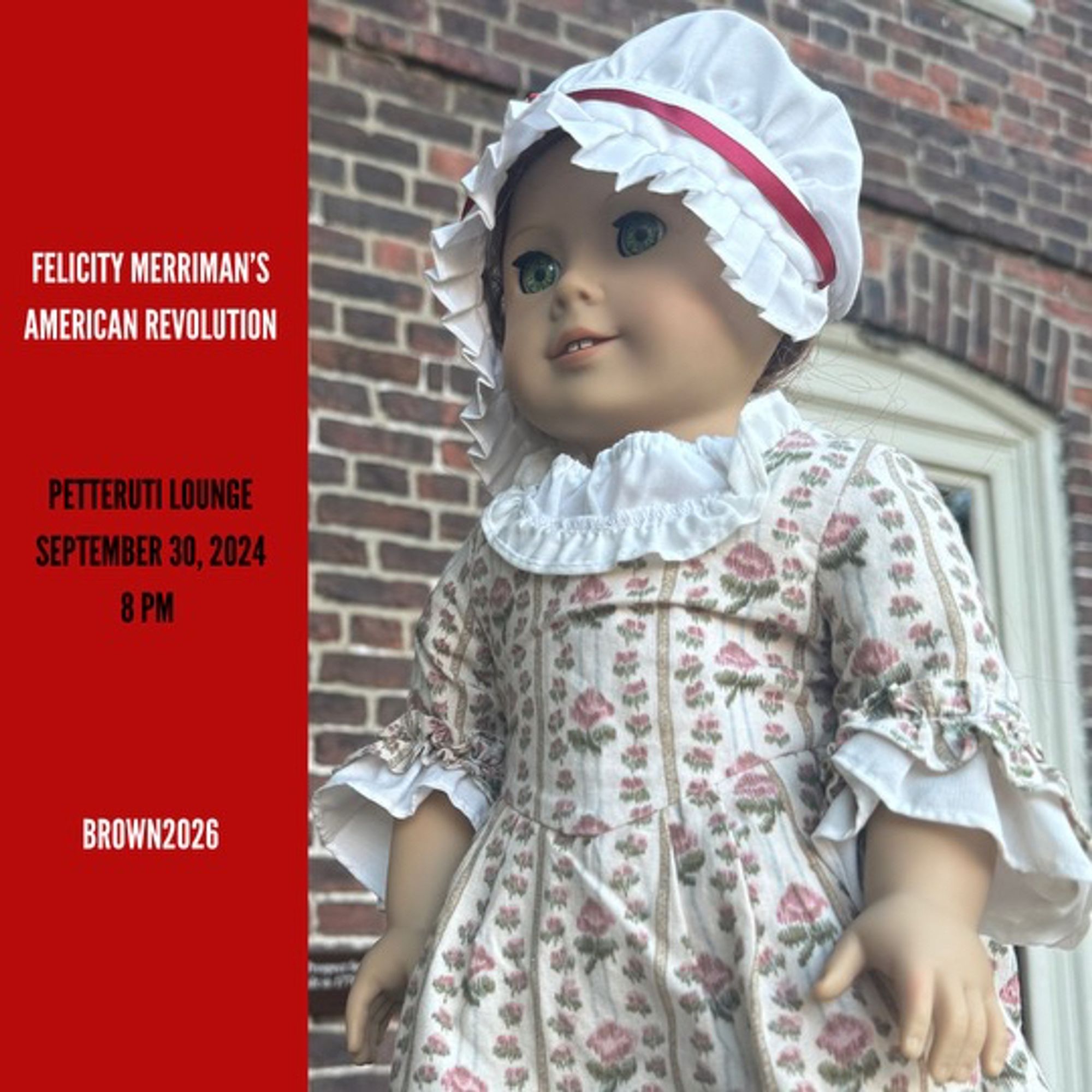
As a kid, the minute Highlights magazine arrived, I went right to Goofus and Gallant for the pleasure of thinking “Omg, who are these people?!??” Grownup equivalent: “Quick Tips” in Cooks Illustrated. Seriously, these people solving problems that nobody— literally nobody— has ever had!
very cute!
This volume on "The European Experience in Slavery" edited by Rebekka von Mallinckrodt (who is also my advisor) has just been published and is available open access, containing essays by @simonatmadison.bsky.socialwww.degruyter.com/document/doi/10.1515/9783110749861

If these connections interest you, I hope you'll consider pre-ordering from University of Chicago Press using the code UCPNEW for a 30% discount. And if you might want to review the book, podcast about it, etc., please be in touch! As always, thank you for your enthusiasm for this history! 7/7

An eye-opening rethinking of nineteenth-century American history that reveals the interdependence of the Northern industrial economy and Southern slave labor. The industrializing North and the agricul...
This was not lost on observers, North and South, and became one of the ways that this business was moralized and politicized in the decades before the Civil War. 6/7
But when Southern purchasers couldn't pay their debts, lawsuits and bankruptcies followed. When slaveholders and sheriffs talked about "property" being "liquidated" to satisfy creditors, they meant slave auctions-- thereby giving Northerners a substantial stake in the slave market itself. 5/7
The long-distance trade in these goods ran almost exclusively on credit-- so if New England manufacturers (and workers) and New York merchants wanted to be paid, they had to hope that enslaved men and women would produce cotton in record quantities. 4/7
The "superior cotton hoes" featured here were likely manufactured in Connecticut by workers on the front edge of the Industrial Revolution. The iron might have come from Sweden, Russia, or Pennsylvania, tying yet other workers far removed from plantation spaces to the infrastructure of slavery. 3/7


